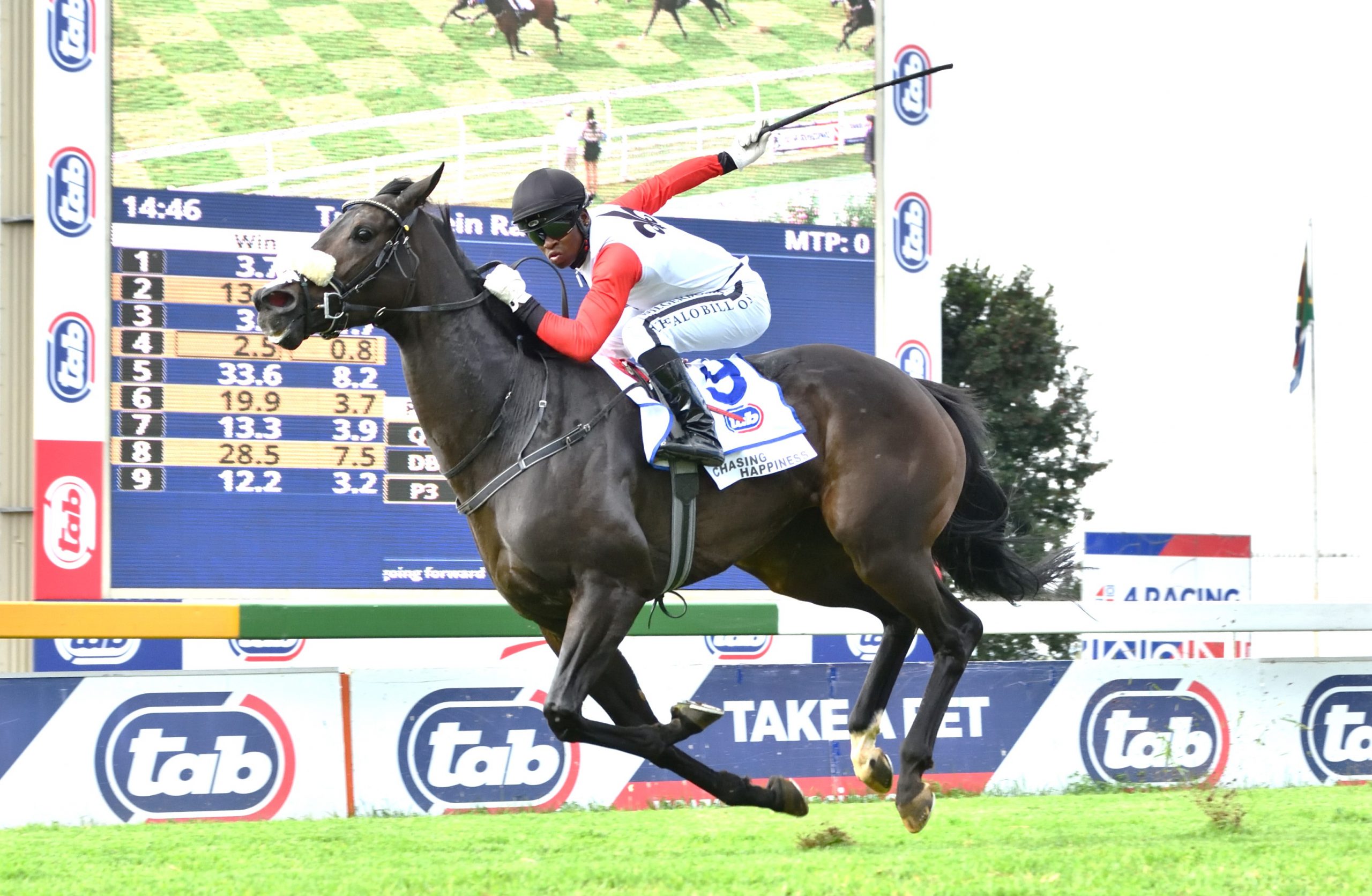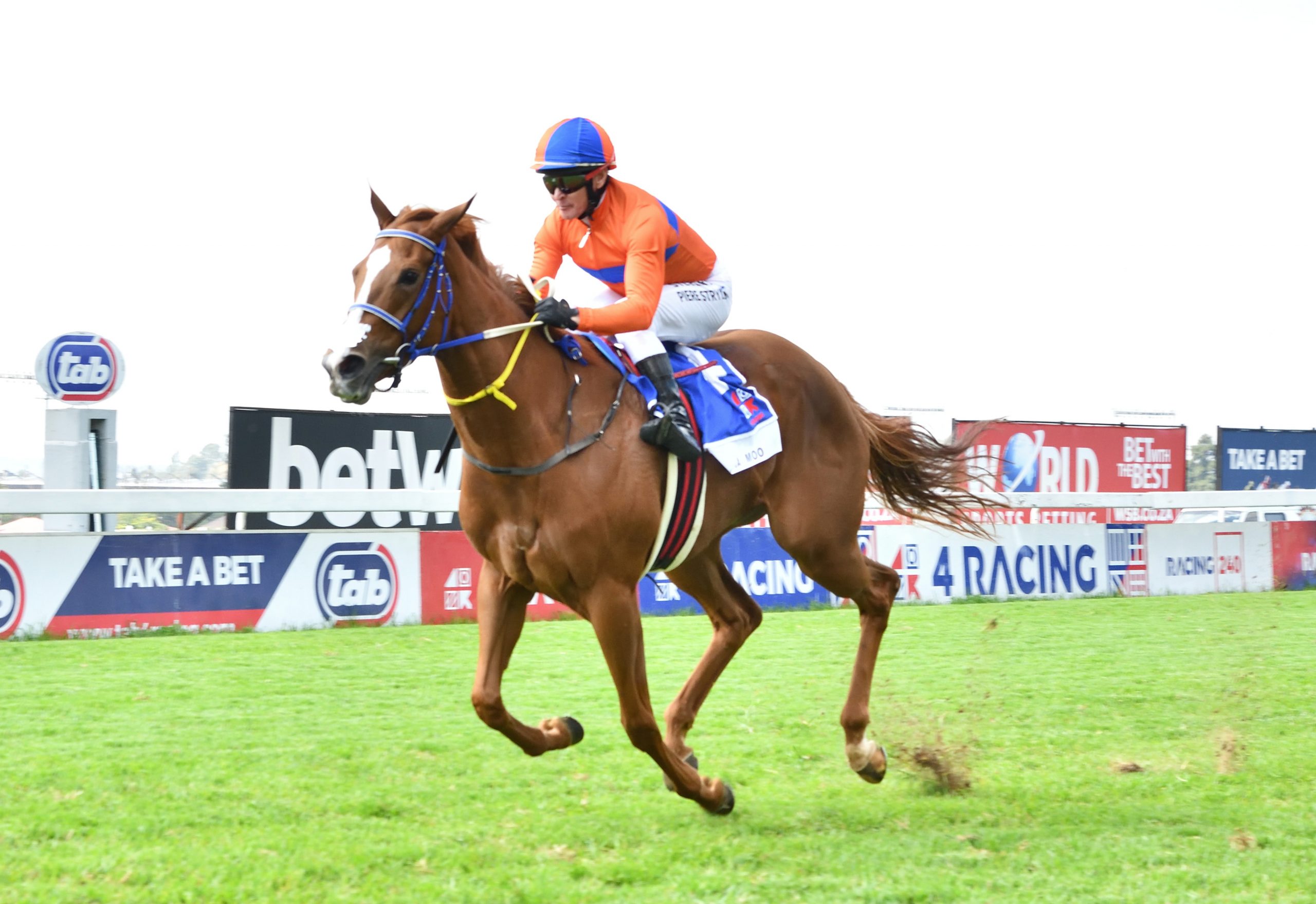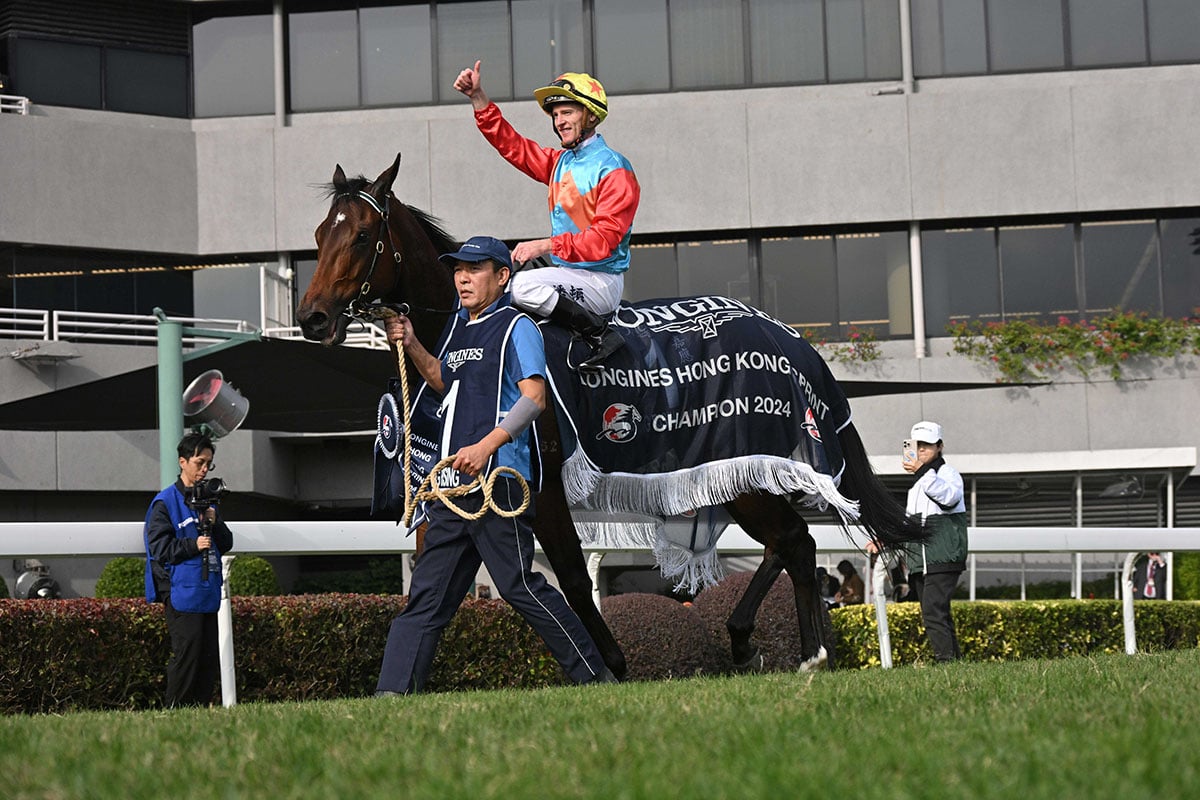With Cape horseracing now back on firm footing, here’s a Throwback Thursday memory of a story that has previously proven popular.
It’s fair reasoning for anybody who has been in this industry for longer than five minutes that the Milnerton racecourse property could again feature into calculations and strategy as the Sport Of Kings looks to balance the books and survive the challenges of a world where there are so many more relevant entertainment options for a new generation.
The Milnertonian blog carried this history piece in 2020, which is reproduced without editing.
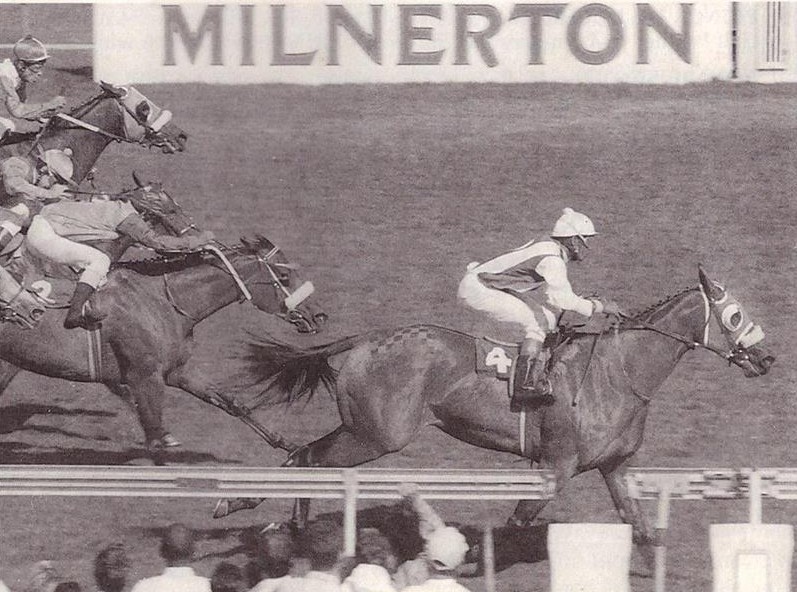
Popular Girl (Fareed. Anthony) beats Midgear (Andrew Fortune) and Outstanding Star (Garth Puller) to win the 1994 Southern Cross Stakes
If you have any memories and anectdotes – please share with other readers on our comments platform.
On 18 November 1904, one of the directors of Milnerton Estates, Julius Weil, told a meeting of the board, “It is generally understood that it will be in the interests of Milnerton to have a racecourse.”
An application was made to the Jockey Club for a licence and approaches were also made to the senior body in the country, the South African Turf Club.
The Jockey Club at first refused, but the South African Turf Club responded in an encouraging fashion, even appointing a sub-committee to deal with the proposal.
A sub-committee was also set up at Milnerton, consisting or Messrs. Langerman, Marais and Martin, and the two groups met for a working lunch on 12 December 1904. Agreement in principle was reached and early in 1905 a suitable tract of land was found on the farm Rietvlei.
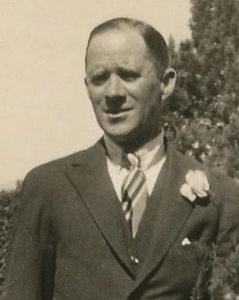
JWS (Willie) Langerman
Promising though the situation appeared, there were unforeseen hitches. More than a year passed before a notification was received that the Stewards of the South African Turf Club would hold a meeting, at which “the Milnerton Race Course question will be finally settled”.
An economic slump was responsible for the slow progress during 1906. With the revenue of the Cape Colony down by nearly 50 per cent and thousands of people leaving the country, even the South African Turf Club, though already in existence for a century, became hesitant.
At this point a group of businessmen, the most important being JWS (Willie) Langerman, decided to show their confidence by starting on their own account the Milnerton Turf Club.
Mainly through this, the Chairman of Milnerton Eastates, Carl Jeppe, was able to announce, on 13 February 1907, that a Racing Licence had been granted to the Milnerton Turf Club by the Jockey Club of Johannesburg.
Construction began immediately and, although not yet completed, the first meeting on the new Milnerton Race Course took place on 28 May 1908, when Wantage Lass, owned by Mr Whitnall and ridden by jockey Middleton, won the 1400m Inaugural Handicap, which had a stake of £60.
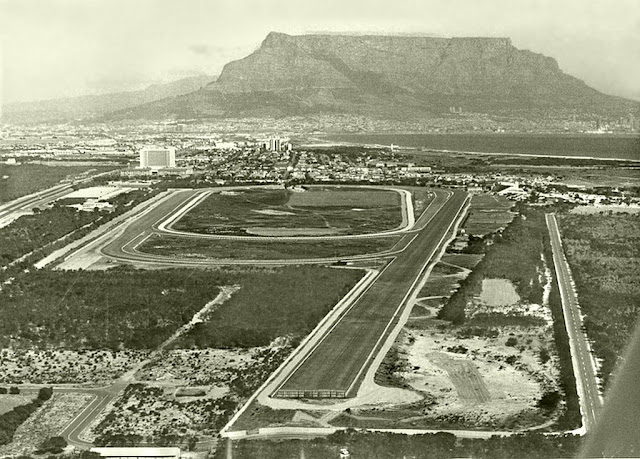
Milnerton also provided stabling for three-quarters of the total racehorse population of the Cape, as well as accommodation for some 500 grooms.
A prominent racing personality once told my dad that he could not be a Christian because Jesus had destroyed a herd of swine.
My dad, who was the Anglican rector of Milnerton, responded that Jesus had done so to restore a man’s sanity.
He added that human lives were more important to God than those of animals, but that the horse racing community had yet to learn that lesson. To illustrate his point, he said that no money was spared to treat a sick racehorse, but that nothing was done for a groom who fell seriously ill. The racegoer had no response.
I distinctly remember the stables that once occupied a plot at the top of Greyton Road. They may have belonged to the famous Cawcutt family, but I am not sure.
Sometimes, the horses would break free at night and I would wake to hear their hoof beats on Park Avenue. In fact, the records of the Municipality include a complaint received about damage done to gardens at night by unattended horses, most of them strays from the racing stables.
To remedy this, the novel step was taken of awarding a bonus of 5/- per head to any labourer who succeeded in impounding any of these animals.
The grooms would ride past our house on their way down to Milnerton beach, where they’d exercise the horses in the shallows.

In 1926, the directors frowned at the Milnerton Turf Club’s offer to buy their racecourse at £15,000. One of the few who recommended such a deal was R. B. Howes, the well-known King’s Counsel, and afterwards judge. Suggesting that this amount could be used to finance a building loan scheme, he proposed that the sale should be conditional on the Company’s repurchasing the ground if racing should ever be discontinued or if it be required for building plots. His argument held sway and the sale was approved.
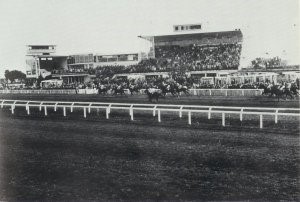
From its early days, Milnerton attracted quality trainers. The legendary Syd Garrett reigned supreme in the Thirties and Forties, and he was followed by his protégés “Cookie” Amos and Syd Laird. Then came Bob Prestage, Leslie Cawcutt, “Baby” Killa and Willie Kleb, and later, Terrance Millard, whose string of winners became a byword. Syd Laird owned a saddlery shop on Koeberg Road, Rugby, with a model horse in the window. My sister and I used to collect leather off-cuts from the bins around the back.
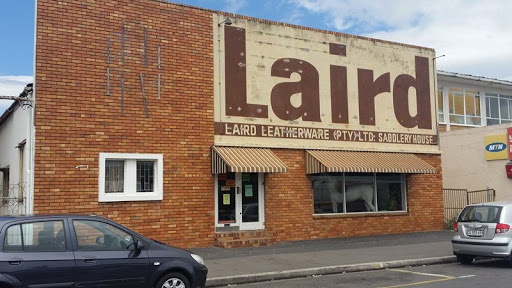
Then there were Milnerton’s jockeys, foremost amongst whom were Stanley Amos (brother of “Cookie”) and Johnny Cawcutt.
Besides being highly successful on the track, both were true gentlemen. Stan and his wife Thel worshipped at St Oswald’s and owned a double-storeyed house overlooking the lagoon. They had a large swimming pool in which Stan trained to keep fit, and he generously invited my dad and us children to use it whenever we wanted.
Many happy days were spent tanning and listening to our transistor radios around that pool.
When I needed somebody to stand surety for my bursary to study at UCT, I approached Stan and he willingly agreed. After graduating, I wrote and thanked him and when he died in 2006, aged 87, I attended his funeral.
Stan won his first Metropolitan Handicap at the tender age of 18 on the back of Moonlit, a horse he always rated the best he had ever ridden. Over the years, he won almost every big race in the country at least once, including the 1941 Durban July Handicap on Sadri II.
By the end of his illustrious career, Amos had ridden over 2,500 winners, breaking the previous record of 2,455 winners held at the time by the great “Tiger” Wright.
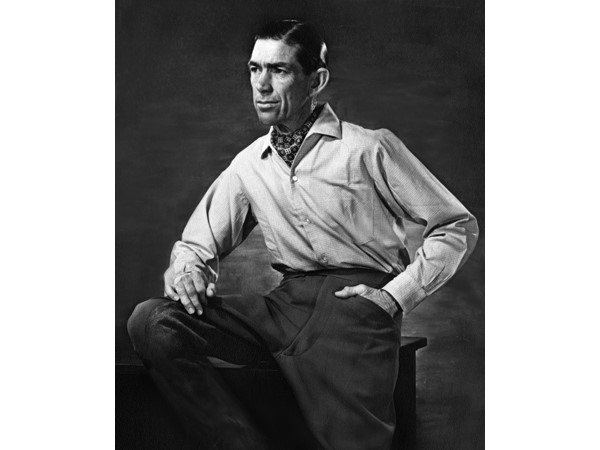
Stanley Amos
Johnny Cawcutt (brother of Leslie) lived on the corner of Firgrove and Koeberg Roads with his family. He was Cape champion jockey for 17 successive years and the only rider from this part of the world to have topped the national list, which he did in 1967 with 103 wins from far fewer mounts than his leading rivals from Natal and the Transvaal.
He twice won the Durban July Handicap, South Africa’s premier horse race. A famous quip was “Cawcutt’ll walk it.”
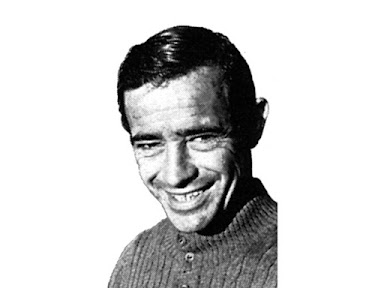
Johnny Cawcutt
Originally founded as much in the hope of encouraging suburban development as for horse racing, Milnerton’s Ascot Racecourse ironically became as much a victim of its own success as its management’s failings.
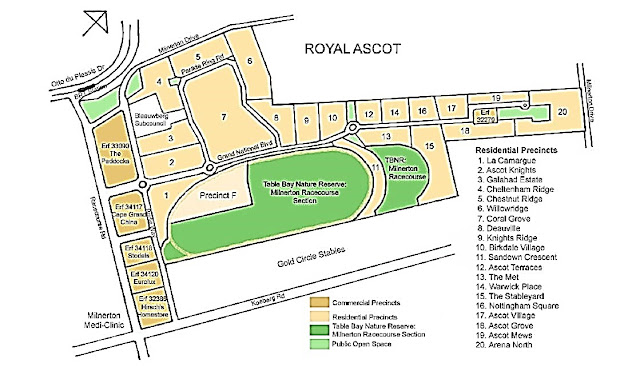
By the early 1990s, houses and shops had encroached to the perimeter walls, with the inevitable clash between the interests of horse racing and the niceties of suburban living.
The departure of Abe Bloomberg as chairman and of Tommy Loftus as course manager also played their part in the club’s demise. During his reign, Bloomberg had succeeded in keeping the club solvent and Loftus had maintained a splendid track despite challenges.
Within a short space of time, the club found itself in extreme financial difficulties. The construction of a new grandstand (opened in 1990) had cost in the region of R12,5 million.
Within a year or two, the club recorded a loss of R5 million. In 1993, it was decided to have a single management and staffing structure embracing Milnerton and Kenilworth racecourses.
Shortly afterwards, the Milnerton Turf Club was declared insolvent and the racecourse was sold for residential and commercial development.
A new suburb called Royal Ascot was developed on the site.
The suburb now consists of 20 gated residential precincts and six commercial precincts.
The residential precincts total nearly 2,000 units, including free-standing homes, sectional title semi’s and apartments. An estimated 5,000 people live there. The commercial development is known as The Paddocks.
When the Royal Ascot development was approved, both the provincial government and the municipality required that an Operational Environmental Management Plan (OEMP) be established.
An important feature of this plan was the creation and maintenance of what was formerly known as the Royal Ascot Conservation Area, but is now the Milnerton Racecourse Nature Reserve, originally the central open area inside the track.
This is one of the last remaining areas of Cape Flats Sand Fynbos with elements of West Coast Strandveld. The 18ha reserve has over 240 plant species, of which 12 are rare and endangered.
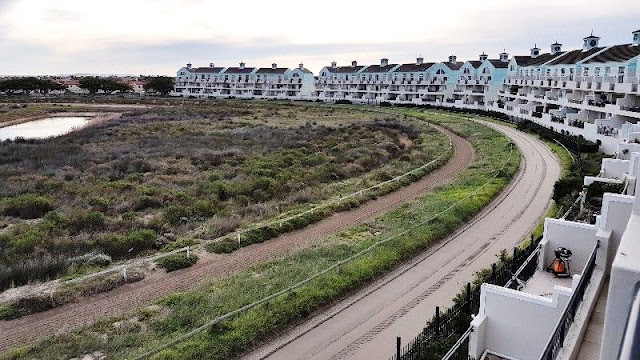
Though the racecourse is no longer used for racing, it is still used for the training and stabling of racehorses.
To the east are the stables and horse training facilities.
Also situated nearby, on Potsdam Road, Killarney Gardens, is the Milnerton Riding Club, which provides a full livery service for horse owners.
Founded in 1974, the club operates in conjunction with the Milnerton Riding School, which provides certified tuition.







